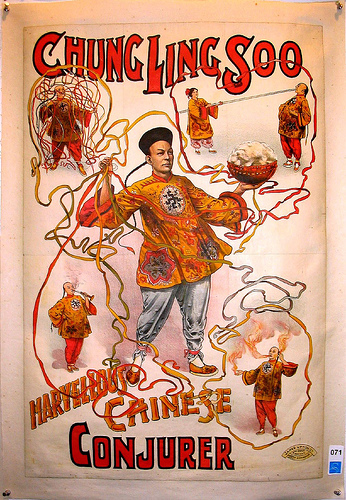Amidst the hub-bub of downtown LA , most particularly the Fashion District, a mock gothic fantasy looms overhead. Easy to miss with the purveyors of cheap fabrics, suspicious fashion, and peculiar craft items. Frankly, the architectural marvels maintain my sanity.
One such marvel has just undergone a major overhaul, what had been one of many light industrial Temples to Efficiency will soon be the new home for the Downtown Women’s Center, 442 South San Pedro Street.
née W.Douglas Lee building
1926
442 South San Pedro Street
architect- William Douglas Lee
builder-Florence C. Casler
This medieval fantasy is one of many collaborations between the female builder Florence Casler (1869-1954) and the architect Wm. Douglas Lee (1894-1965). It is of course fitting that a pioneering female builder would ultimately (if unintentionally ) house her more unfortunate sisters.
We have the opportunity to check out the transformation first hand December 8th, 2010, a designer showcase that evening making that possible.
The following image gives a sense of the extent of rehabilitation that the building has undergone. although I must confess I love the gaudy colors, so robust.
Although I hesitate to promote events, this is most worthy. Plus it is quite a lovely building. I look forward to attending.
As I mentioned Florence C. Casler was a busy gal, in collaboration with her business partner Jesse K. Lloyd, they have bejewelled downtown LA with some true gems.
ca. 1931
b.1869
d. 1954
Lloyd and Casler Inc. were responsible for the tremendous Textile Center. This building has added much joy to my downtown jog, I always slow down to soak in the details.
Textile Center
1926
315 E. 8th Street
LA
I have had less luck unearthing info concerning the architect William Douglas Lee, although quite prolific I was unable to find a photo of the fellow. Quite busy from the 20’s through 1961, he ultimately teamed up with his son Douglas Everett Lee, the following link provides a list of accomplishments.
The following images, just a small sampling.
ca. 1926
217 E. 8th Street @ Santee
I particularly love the Bendix Building, all ghostly chill, wide open floors, glorious light. Plus Bendix is just a super name.
Bendix Aviation Co. Building
ca. 1929
Maple and 12th
I do hope you consider joining me in attending this worthy event.
Until then,
Babylon Baroque







































































